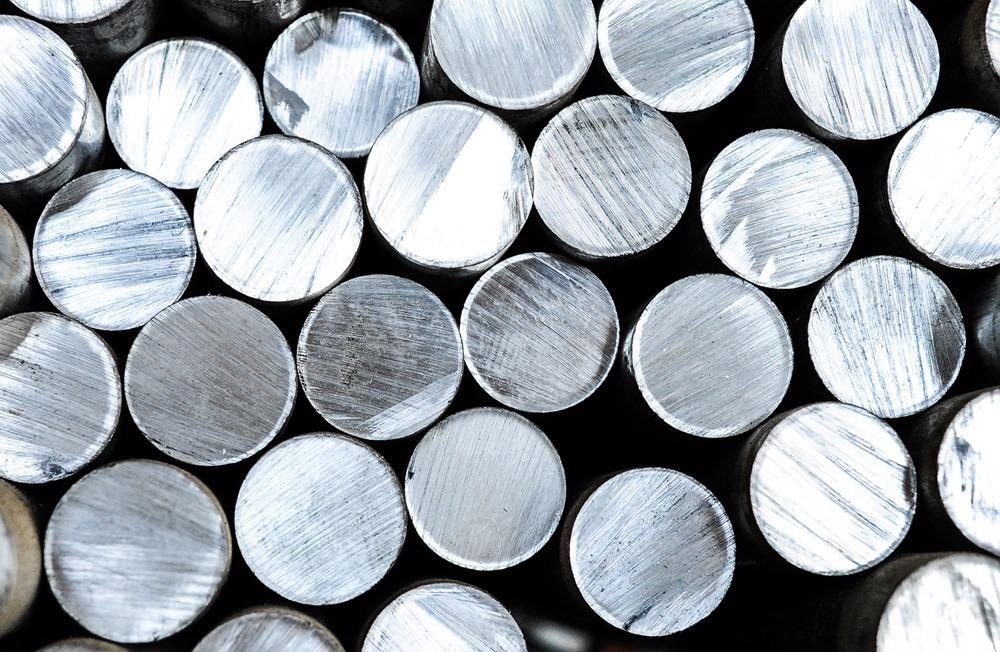 By Surbhi JainReviewed by Susha Cheriyedath, M.Sc.May 27 2022
By Surbhi JainReviewed by Susha Cheriyedath, M.Sc.May 27 2022In an article recently published in the journal Additive Manufacturing, researchers discussed the correlation between energy absorption, powder degradation, and gas pore formation in the laser-based powder bed fusion process of AlSi10Mg0.4.

Study: Correlation of powder degradation, energy absorption and gas pore formation in laser-based powder bed fusion process of AlSi10Mg0.4. Image Credit: Yulia Grigoryeva/Shutterstock.com
Background
Laser-based powder bed fusion process for metals (PBF-LB/M) is an additive manufacturing (AM) technique that is gaining traction in industrial production. This method meets the highest quality standards when the conditions are right. Lack of fusion, cracks, and gas porosity are examples of faults that can arise. The gas porosity of aluminum is created by hydrogen-induced pores. Time and temperature control hydrogen diffusion and the subsequent expansion of gas pores. As a result, higher cooling rates reduce pore formation.
The availability of nucleating agents and hydrogen is linked to the nucleation of gas pores within AM components, according to several studies, whereas gas pore expansion is linked to the melt pool lifetime. While the quantity of hydrogen detected in additively manufactured samples is essentially unaffected by the powder conditions, the porosity amount calculated for samples made of the virgin as well as reused powder shows significant discrepancies that have remained unsolved till now.
About the Study
In this study, the authors looked into the mechanics of hydrogen pore production in the AlSi10Mg0.4 powder bed fusion process using a laser beam. Variable process parameters such as layer thickness, hatch distance and build plate temperature, as well as the impact of long-term reused and virgin powder on melt pool properties and component porosity, were all thoroughly examined. The association of powder grey value measurements with oxygen content was provided as a novel method for the characterization of powder aging.
The team discussed the mechanisms that caused hydrogen-induced gas porosity in additively manufactured AlSi10Mg0.4 parts. The relationship between powder condition, melt pool properties, energy absorption, and residual gas porosity was studied. Furthermore, a novel method was introduced for the direct assessment of the oxygen concentration of powder particles using grey value measurements. AlSi10Mg0.4 powder was used to make 180 cuboids and 18 flat sheets having a wall thickness of 3 mm under various conditions. With the selective laser melting machine, the samples were molten using an island scanning method at temperatures of 100 °C-200 °C.
The researchers determined the overall porosity of the samples using isopropanol buoyancy weighing. In the last layer of the polished cross-sections of the manufactured cuboids, the melt pool depth was calculated. Flat sheets with a thickness of 4 mm were constructed with a layer thickness of 100 µm and a built plate temperature of 200 °C. A new approach to determining grey values for different powder conditions was developed to investigate the light coupling capabilities of virgin and reused powder. The light from the laboratory fume hood was used to illuminate a thin powder coating that was put on a white paper sheet.
Observations
After heat treatment (HT) II, samples heat-treated in air and argon had 20% porosity. When the build plate temperature was increased from 100 to 200 °C, porosity increased by up to 3.3%. The porosity of all examined atmospheres – air, argon, and vacuum – stays unchanged after the first HT at 450 °C for four hours. After HT II, samples that were heat-treated under vacuum conditions showed less than 1% porosity.
Hydrogen solubility in solid and liquid aluminum was around 0.0004 cm3/g and 0.0064 cm3/g, respectively, at 660 °C. The obtained hydrogen quantity was of the order of 0.22 cm3/g, which corresponded to a hydrogen solubility of liquid aluminum at approximately 1700 °C. Reused powder samples treated with 50 µm and 100 µm layer thicknesses and 5 J/mm2 area energy revealed melt pool depths of 160 µm and 200 µm, respectively. Vacuum heat treatment could remove about 85% of the hydrogen contained in as-built samples.
The relationship between powder aging and the change in absorption coefficient demonstrated that gas generation was closely linked to energy input. With the possibility of welding additively generated aluminum components, vacuum heat treatment of as-built parts showed the potential for hydrogen removal in a postprocessing step.
Conclusions
In conclusion, this study elucidated the hydrogen pore creation in the laser-based powder bed fusion of aluminum, particularly for long-term reused powder. In the hydrogen-supersaturated melt, hydrogen holes could form on oxide particles or thin oxide coatings. The size of the gas bubble increased as more hydrogen diffused into it. In addition, in the eutectic region of the coarsen zone between two melt pools, there were numerous tiny pores.
The authors mentioned that this research provides a method for processing long-term reusable aluminum powder by using selective laser melting. They emphasized that in any event, the remaining and massive amount of hydrogen in the additive-created sample must be eliminated using a heat treatment at a lower ambient pressure up to vacuum.
More from AZoM: Use and Applications of Flame Atomic Absorption Spectroscopy
Disclaimer: The views expressed here are those of the author expressed in their private capacity and do not necessarily represent the views of AZoM.com Limited T/A AZoNetwork the owner and operator of this website. This disclaimer forms part of the Terms and conditions of use of this website.
Source:
Fiegl, T., Franke, M., Körner, C., et al. Correlation of powder degradation, energy absorption and gas pore formation in laser-based powder bed fusion process of AlSi10Mg0.4. Additive Manufacturing 102917 (2022). https://www.sciencedirect.com/science/article/abs/pii/S2214860422003141